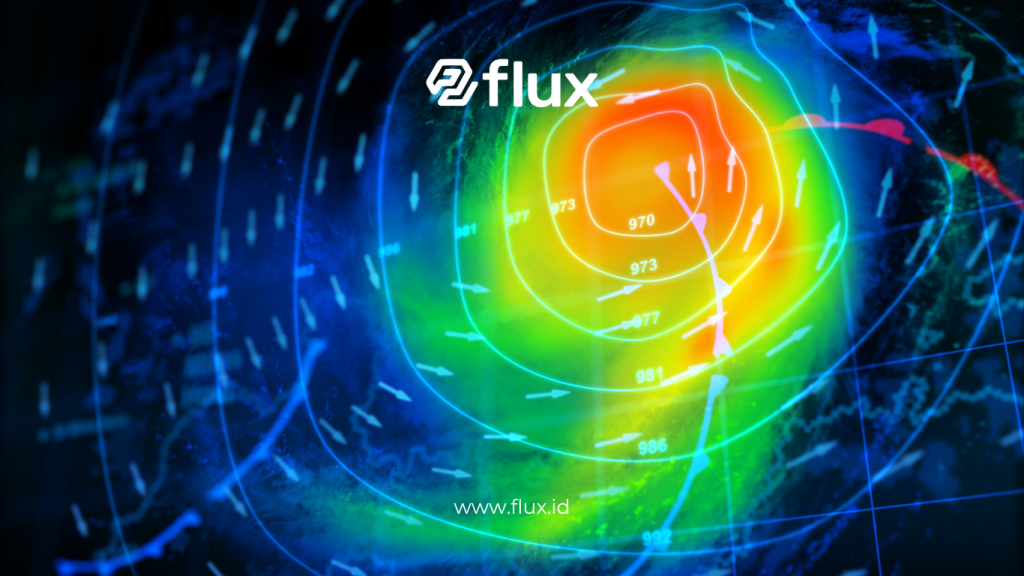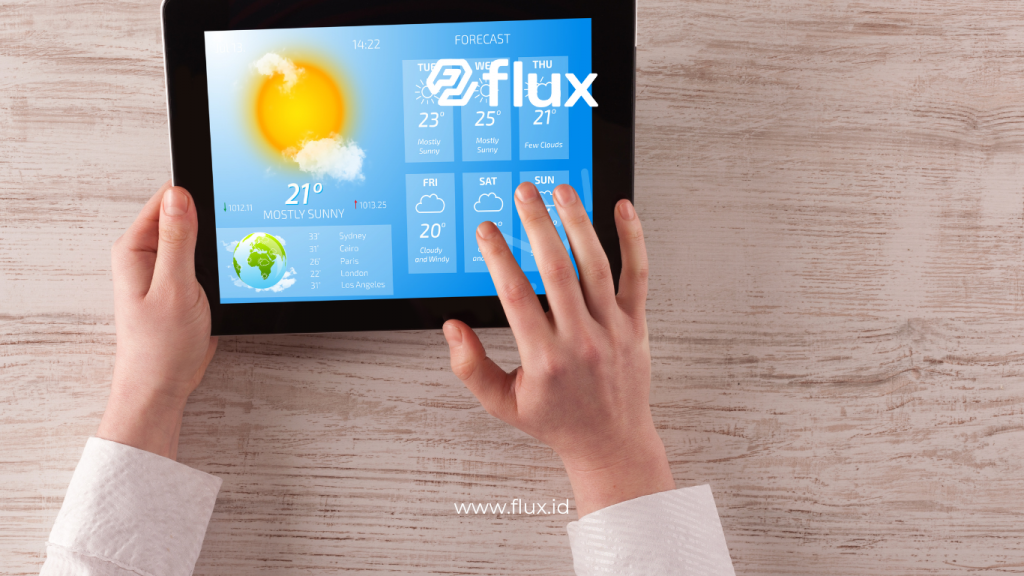Don't miss our holiday offer - 20% OFF!
In the modern era, city park management relies not only on manual effort and experience but also on advanced technology such as Weather Sensors for urban parks. This technology allows park departments to monitor and manage city parks more effectively and efficiently. This article will discuss how Weather Sensors for Urban Parks work and the benefits they provide in park maintenance.
Contents
What Are Weather Sensors?

Read More : Understanding How Weather Sensors Work: Improving Urban Park Management with Accurate Weather Data
Weather sensors are electronic devices that measure various meteorological parameters such as temperature, humidity, rainfall, wind speed, and atmospheric pressure. Park departments use the data from these sensors to make better decisions about park maintenance and management.
How Weather Sensors Work

Read More : Weather Sensors Controlling External Weather Factors
Weather sensors detect changes in environmental parameters like temperature and humidity. They send this information to a monitoring system that collects data in real-time. Park managers can access this data through analysis software or weather platforms to create reports and make informed decisions.
Benefits of Weather Sensors in City Park Management

Read More : IoT Sensor Technology for Drought Monitoring: Advanced Solutions for Water Resource Management
- More Efficient Irrigation Management : With data on air humidity and rainfall, park departments can manage irrigation systems more efficiently. Weather sensors help ensure that plants receive the right amount of water according to their needs, avoiding water waste and reducing operational costs.
- Timelier Plant Care : Temperature and humidity sensors provide important information about environmental conditions affecting plant health. With this data, park departments can plan plant care, such as fertilization and pruning, more timely according to changing weather conditions.
- Prevention of Environmental Damage : Weather sensors help identify extreme weather conditions such as heavy rain or strong winds that could cause damage to parks. With this information, park departments can take preventive measures such as reinforcing park structures or closing park facilities to protect plants and infrastructure.
- Improved Planning and Management : Accurate weather data helps park departments in long-term planning and management. By monitoring weather patterns, park managers can plan plantings that are suitable for local weather conditions and adjust park designs to cope with climate changes.
- Enhanced Visitor Experience : With well-maintained and optimally conditioned parks thanks to weather data, visitors can enjoy park facilities more. Weather sensors help keep parks in top condition, enhancing visitor experience and satisfaction.
How to Implement Weather Sensors in City Parks

Read More : Weather Sensors: How Sensors Help Stay Energy-Efficient
- Assess Needs : The first step is to assess the specific needs of the city park. Identify the most relevant and important weather parameters for park management, such as temperature, humidity, rainfall, and wind speed. This will help in choosing the right sensors.
- Select Sensors : Choose weather sensors that match the identified parameters. Consider factors such as accuracy, durability, and cost when selecting sensors. Ensure the chosen sensors provide accurate data suited to the park’s needs.
- Installation and Configuration : Sensors need to be installed in strategic locations in the park to ensure accurate data collection. After installation, sensors should be configured and integrated with a monitoring system to transmit data in real-time.
- Monitoring and Data Analysis : The data collected by sensors should be monitored and analyzed to gain useful insights. Use data analysis software or weather platforms to process the data and generate reports that can be used for decision-making.
- Actions and Adjustments : Based on data analysis, take necessary actions to manage the park more effectively. Adjust plant care strategies, water usage, and park planning based on information obtained from sensors.
Challenges and Solutions in Using Weather Sensors

Read More : Understanding How Weather Sensors Work: Improving Urban Park Management with Accurate Weather Data
Challenges
- Initial Costs: The initial investment for weather sensors can be a challenge, especially for park departments with limited budgets.
- System Integration: Integrating sensors with existing systems can be complex and require technical support.
- Sensor Maintenance: Sensors require regular maintenance and calibration to ensure data accuracy.
Solutions
- Budget Planning: Plan the budget wisely and consider the long-term benefits of using weather sensors to help manage costs.
- Technical Support: Choose sensor providers that offer technical support and training to ease the integration and configuration process.
- Maintenance Programs: Implement a routine maintenance and calibration program to ensure sensors operate well and provide accurate data.
Conclusion
Weather sensors play a crucial role in enhancing urban park management by providing accurate, real-time meteorological data. By using these sensors, park departments can manage parks more efficiently, improve plant health, and ensure a better visitor experience. Despite the challenges, the benefits of weather sensors make them a valuable tool for modern city park management. Effective use of this technology can lead to positive changes in park sustainability and quality, enhancing visitor satisfaction.





